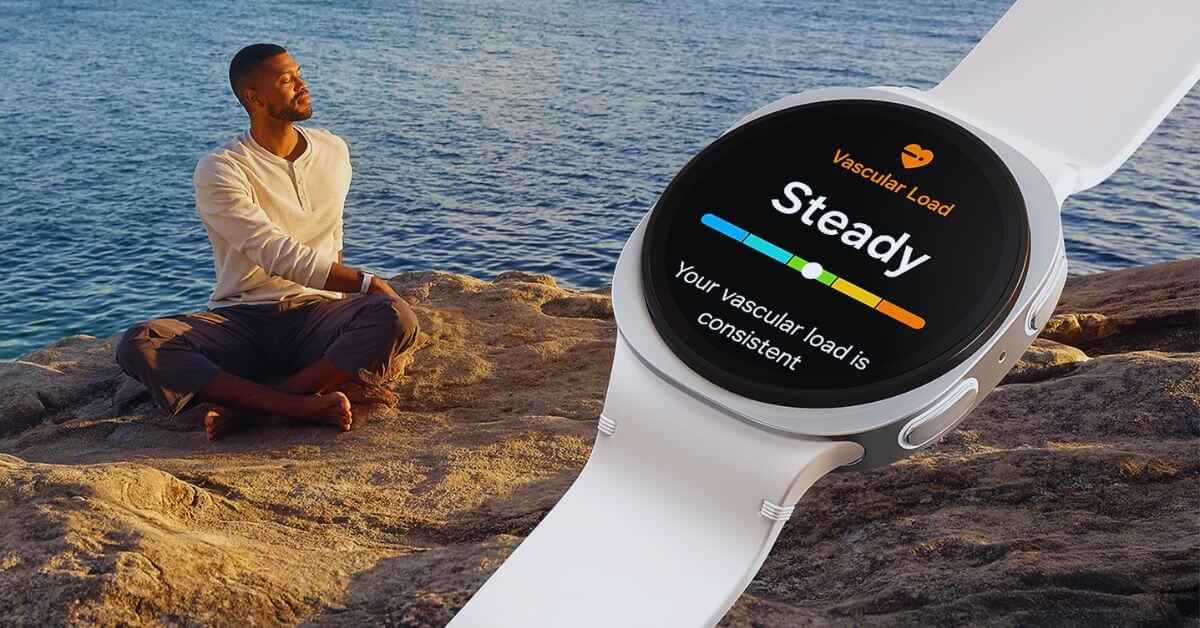Samsung Galaxy Watch8 Targets Early Health Risk Detection

Samsung aims to shift toward preventative monitoring with the Galaxy Watch8 series, helping users detect potential health issues early.
Today’s healthcare still primarily responds to disease rather than preventing it altogether. Many of us struggle to see the bigger picture because our health data is scattered across multiple apps and devices. Samsung’s Galaxy Watch8 series aims to rectify that.
The newest sensors from Samsung provide a real-time picture of your health. By tracking trends in your everyday life, the watch offers tailored guidance to help you better understand your body, develop healthier habits, and even identify hidden dangers like ectopic heartbeats before they become issues.
Read: PyPI Blocks 1,800 Expired Emails to Stop Account Hacks
Identifying Issues before they Arise
Ectopic beat detection is among the most significant additions. Because they rarely produce noticeable symptoms, these early heartbeats, which originate outside the heart’s natural pacemaker, frequently evade routine examinations. However, frequent occurrences may indicate cardiac failure, strokes, and arrhythmias, among other hazards.
The improved electrocardiogram (ECG) on the Galaxy Watch8 is more adept at detecting these erratic beats and can differentiate between infrequent and regular ones. Samsung claims that this allows consumers the opportunity to take action before problems get out of hand and offers “earlier insights to support preventive care.”
The smartwatch also introduces a new feature called “vascular load.” The watch measures the stiffness of your blood vessels and reads blood flow patterns while you sleep using light-based PPG sensors. This indicates the amount of stress your cardiovascular system is experiencing and how lifestyle choices like rest, stress, and food are influencing it. You can prevent larger issues later by making minor adjustments now with the support of routine checks.
Using Data to Inform Better Practices
Samsung is promoting health in more ways than one. Additionally, the Galaxy Watch8 emphasizes sleep and diet.
One of the most notable features of the Galaxy Watch is its Antioxidant Index, which uses light absorption to measure the amount of carotenoids in the skin in just five seconds. Low levels of these antioxidants have been connected to an increased risk of disease, and they are a reflection of fruit and vegetable intake.
The watch divides the reading into three categories and assigns you a score between 0 and 100. The goal is to encourage healthy choices by demonstrating how your antioxidant stores are impacted by stress, alcohol, UV exposure, and nutrition. It’s a non-invasive screening that gives daily living “an additional layer of prevention,” as Samsung notes.
A significant improvement has also been made to sleep tracking. The new bedtime recommendation tool determines the best time to go to bed for a more restful wake-up by tracking your internal body clock and how much sleep your body requires, using models supported by research.
The improved sleep monitoring feature, developed in collaboration with KAIST and tested at Samsung Medical Center, aims to help users achieve more restful and consistent sleep, ultimately leading to “more energised mornings.”
The Galaxy Watch8 is designed to set a New Standard in Preventative Healthcare
Samsung aims to present the Galaxy Watch8 as a revolutionary device, rather than just a minor update. According to the company, its most recent sensors combine disparate health trends, spot hidden dangers, and provide immediate, tailored feedback so you may take preventative action.
According to the business, “Samsung’s sensor innovation is setting a new standard for preventative care.” “The Galaxy Watch8 series helps you protect your health ahead of time by bringing your patterns together, revealing hidden dangers, and providing real-time actionable insights.”
The features can serve as a helpful reminder to consult a doctor when something doesn’t seem right, even though they aren’t meant to diagnose or treat illnesses. To shift healthcare from reactive therapy to proactive prevention, wearable technology is being developed.
